A lipid panel has become a standard test in a health check-up. It measures total cholesterol, LDL lipoprotein, HDL lipoprotein and triglycerides. LDL is usually thought of as “bad” cholesterol and HDL is “good” cholesterol; triglycerides are circulating fat particles. Generally speaking, an abnormally high cholesterol is associated with heart attack and stroke. But let’s take a closer look…
Lipoproteins are carrier molecules that take cholesterol to body tissues. Our brain is made up of mostly cholesterol. LDL are “low density” molecules and HDL are “high density” molecules. HDL and LDL make up the total cholesterol number, and the ratio of total cholesterol to HDL is useful at estimating risk; a ratio less than four (for the average American) is low risk and a ratio less than three is very low risk. The numbers associated with LDL and HDL are not the actual numbers of lipoprotein particles, but a measure of the volume these lipoproteins take up.
For most people, this simplistic interpretation holds up at estimating risk from high cholesterol. But there are nuances worth knowing about.
Women, especially before menopause, have ample estrogen that raises both total cholesterol and HDL. In women with a total cholesterol above the normal limit of 200, yet with a higher HDL ratio, may have a lower risk of heart disease (as HDL is the “good” cholesterol). I often see a woman with a total cholesterol of 240 including an HDL of 80 be healthier than her male counterpart with a total cholesterol of 180 and an HDL of 40. The woman has a ratio of three (low risk) while the man has a ratio of four and a half (high risk). Low body fat, especially in the abdomen, is also associated with healthier lipids.
In order to better understand the lipid panel, advanced lipid testing such as an NMR (nuclear magnetic resonance) is recommended to provide the particle number and size of both LDL and HDL lipoproteins. Small LDL particles are more inflammatory causing artery plaque (atherosclerosis) compared with large LDL particles. So, small LDL will give a larger particle number than large LDL particles as there are more of them circulating.
The opposite is true for HDL lipoproteins. You want a higher particle number to see if your high HDL level is good or bad. Research has shown the people with heart disease may have a high HDL reading, but actually do not have a healthy high particle number.
To summarize, a high LDL cholesterol reading is usually bad, but not if your particles are large. A high HDL reading is usually good, but not if your particles are small.
To avoid this confusion, eat a healthy diet with lots of vegetables and keep lean and fit. Your lipid numbers will likely be healthy even if you or your family have some genetic risk of heart disease. Get advanced lipid testing if you want to get clarity about your cholesterol numbers.
Dr. Scherger is founder of Restore Health in Indian Wells, a clinic dedicated to weight loss and reversing disease. To schedule a consultation or for more information, visit www.restorehealth.me or call (760) 898.9663.
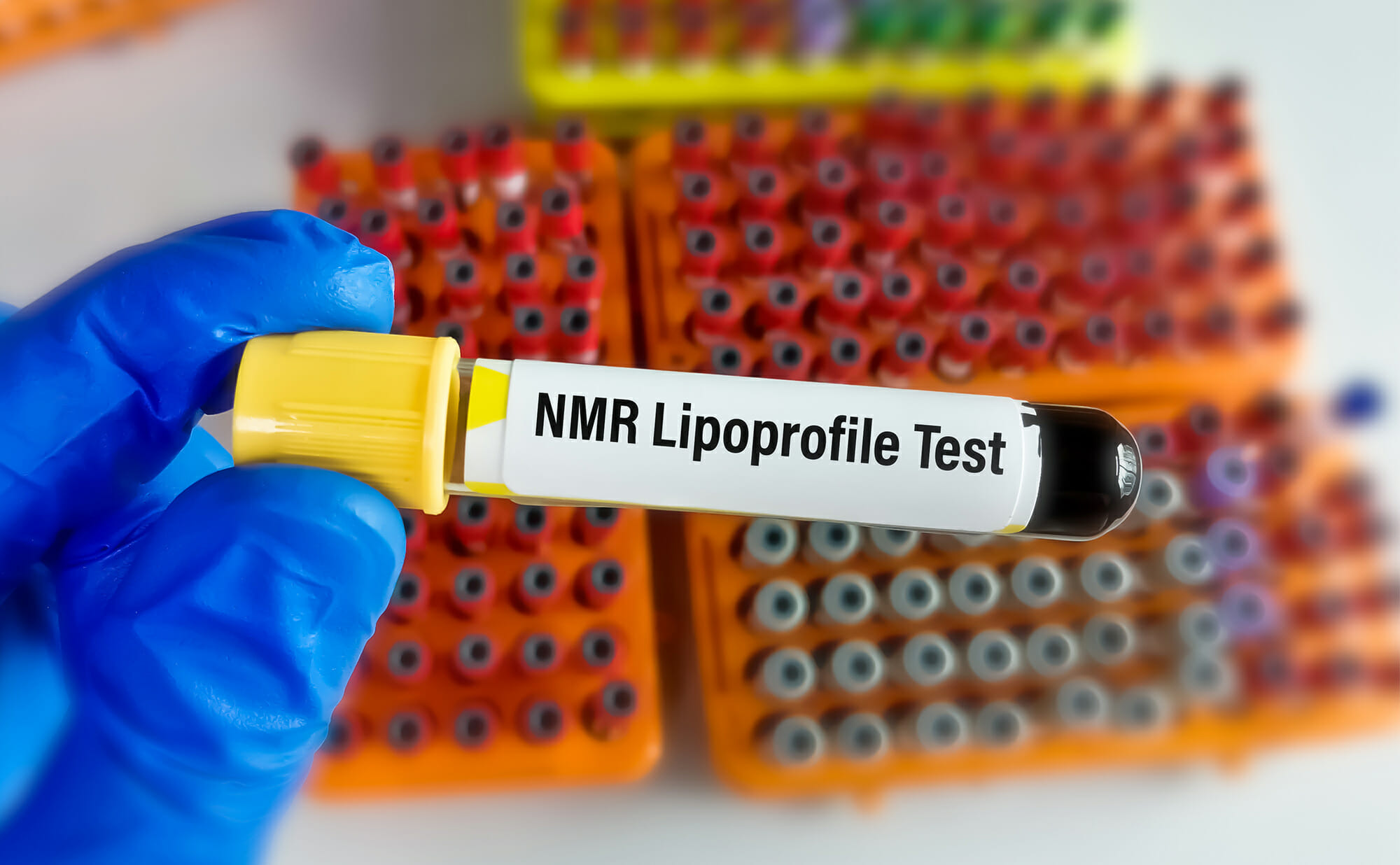





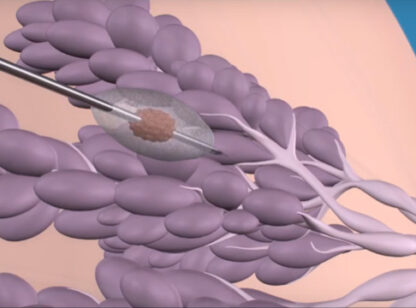

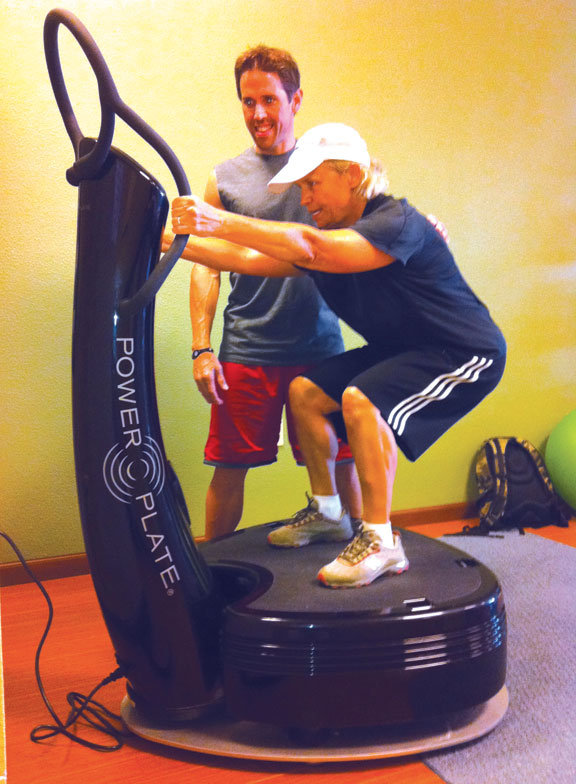



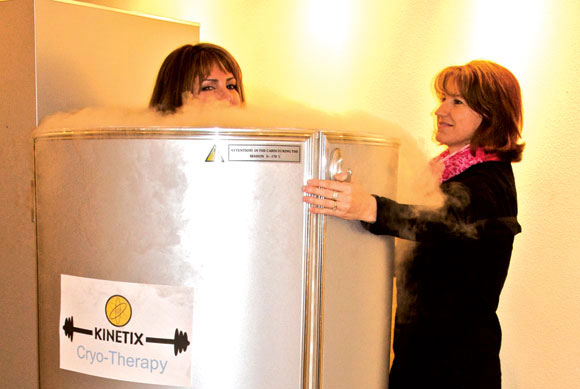


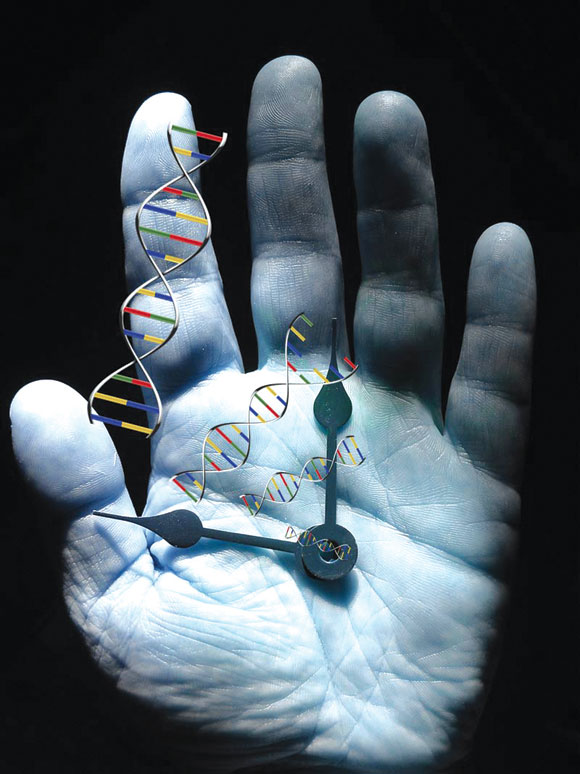



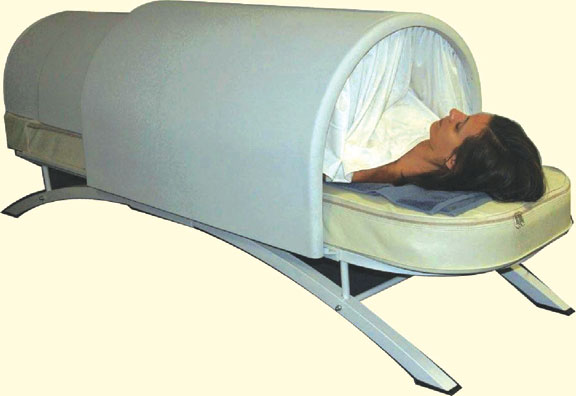




























Comments (0)